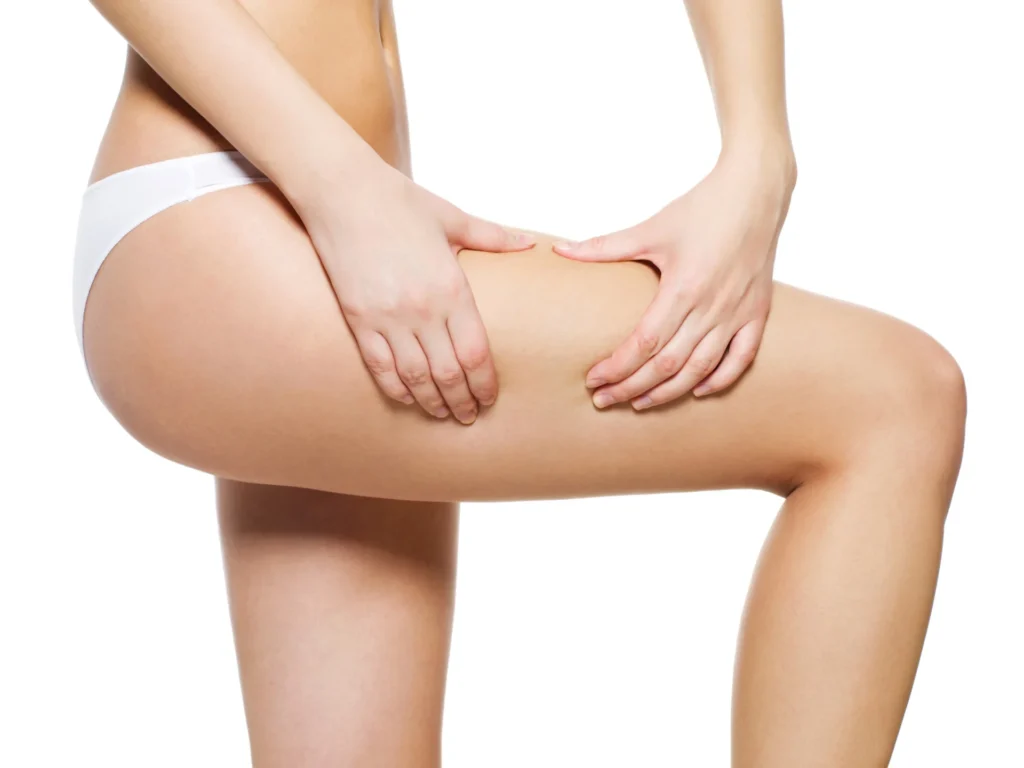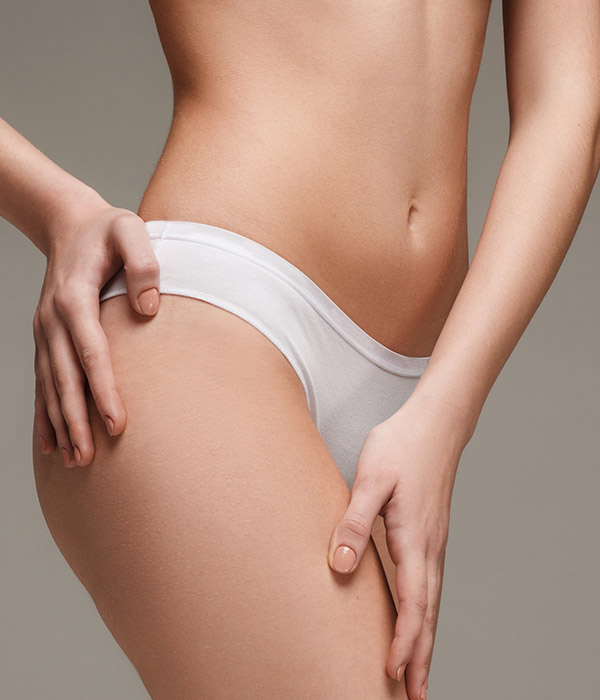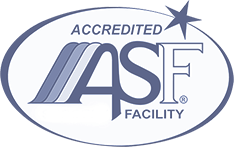Elevate Confidence with Thigh Lift Benefits
A thigh lift is a surgical procedure aimed at sculpting the upper thigh area, addressing issues like loose skin and excess fat. This surgery offers multiple benefits, which can be categorized into three key advantages:
Our Achievements
Dr. Holmes has a genuine understanding of men’s and women’s bodies and ideal aesthetic proportions, which they carefully take into consideration during their surgical planning. Through thoughtful consultations with his patients, Dr. Holmes makes it a priority to understand each patient’s specific goals and desires for thigh lift surgery.
Thigh Lift Surgery Candidates
Ideal candidates for thigh lift surgery are those who have excess tissue in the upper thigh area, often as a result of weight loss or body contouring surgeries. On an outpatient basis, some thigh lift patients may benefit from a combination of liposuction and excision procedures to remove excess skin and fat cells. Candidates should have a stable body weight and be in good physical health. In order to achieve the best results, strategic locations for incisions should be discussed during the consultation process with the board-certified plastic surgeon.

Realistic Expectations from Thigh Lift Surgery
Thigh lift surgery is a cosmetic procedure that can help patients achieve smoother body contours and attractive thighs by removing excess thigh fat and extra skin. A thorough medical evaluation is essential to determine if the patient is a candidate for surgery. During the consultation process, it’s important to discuss individual goals with a skilled board-certified plastic surgeon in order to ensure realistic expectations from the procedure. It’s also important to remember that thigh lift surgery is an outpatient procedure, and post-operative care should be carefully considered in order to achieve long-lasting results.
Thigh Lift Surgery With Dr. Holmes

During your consultation, Dr. Holmes will evaluate your anatomy, discuss your concerns, and thoughtfully design a unique surgical plan to safely and effectively meet your thigh lift goals. In some cases, Dr. Holmes may recommend complimentary body contouring procedures to address other issues or concerns that a thigh lift alone cannot correct.
During thigh lift surgery, Dr. Holmes will make the necessary incisions to tighten the underlying tissue, remove excess skin and fat, and redrape the skin for smoother, more proportionate thigh contours. Incisions are made in the groin area and may be extended around the hip. Although incisions can be extensive, Dr. Holmes uses advanced techniques to place incisions strategically so most types of swimsuits and other clothing items hide them.
CALL TODAY TO SCHEDULE YOUR CONSULTATION
Techniques used in a Thigh Lift Procedure
A thigh lift can be performed using either a medial (inner) or a lateral (outer) lifting technique. A medial lift is considered the “minimal” incision technique and is used for patients with sagging tissue in the inner thighs. A lateral lift is used to tighten skin on the front and outside of the thighs and is generally the best technique for massive weight loss patients.
Medial Thigh Lift
For medial thigh lift, Dr. Holmes will make an incision in the groin crease, where the groin and thigh meet. After removing a section of excess skin and fat, they close the incision, which results in tighter skin, an improved thigh contour, and better skin elasticity.
Lateral Thigh Lift
During a lateral lift, Dr. Holmes will make an incision in the groin crease that extends up and around the hip and thigh, following the area where the lower edge of most underwear sits. After removing the excess skin and tissue, Dr. Holmes will pull the remaining skin up and close the incision. The result is tighter skin on both the left and right sides of the thigh, improved thigh contour, and better skin elasticity.
Thigh lift surgery is performed under general anesthesia. Time in surgery takes 2 to 3 hours to complete, depending on the amount of correction necessary. Most patients are able to return to work within 10 days and resume all normal activities, including exercise, within 4 to 6 weeks.
Thigh Lift Post-Operative Care Instructions
Thigh lift surgery is an outpatient procedure and requires careful post-operative care to ensure successful results. Immediately following the procedure, it is important to wear a compression garment for several weeks during your recovery. This helps reduce swelling, bruising, and discomfort. The patient should also refrain from exercise or activities that cause strain to the area for at least two weeks after surgery. Additionally, any strenuous activity should be avoided for six weeks afterward.
The patient should also avoid direct sun exposure or applying any topical treatments to the incision sites until they have fully healed. If drainage tubes are inserted during the procedure, they will need to be monitored daily and removed as soon as they are no longer needed.
Finally, it is important to keep all follow-up appointments with Dr. Holmes and adhere to any instructions he provides regarding medications and other post-operative care guidelines. Following these instructions closely helps ensure optimal results from thigh lift surgery in Naples, FL, with Dr. Holmes!
Why choose Aesthetic Surgery Center
Dr. Anurag Agarwal, M.D., F.A.C.S.
- Double board-certified facial plastic surgeon by the American Board of Facial Plastic and Reconstructive Surgery and the American Board of Otolaryngology – Head and Neck Surgery.
- Oral examiner and Board of Directors for the American Board of Facial Plastic and Reconstructive Surgery
- Former President of the Florida Society of Facial Plastic and Reconstructive Surgery
- Received his Doctor of Medicine at Philadelphia’s MCP-Hahnemann School of Medicine in 1999 and was elected to the Alpha Omega Alpha Honor Society.
- In 2016, Dr. Agarwal was honored at the annual American Academy of Facial Plastic and Reconstructive Surgery national meeting.
- Board-certified plastic surgeon by the American Board of Plastic Surgery.
- Attended medical school at UNMC (University of Nebraska Medical College).
- Was elected to the Alpha Omega Alpha Honor Society.
- Member of The Aesthetic Society, the Florida Medical Association, and Collier County Medical Society.
- General surgery residency at Loyola University Medical Center in Maywood, IL
- Plastic surgery residency at Cleveland Clinic Florida









